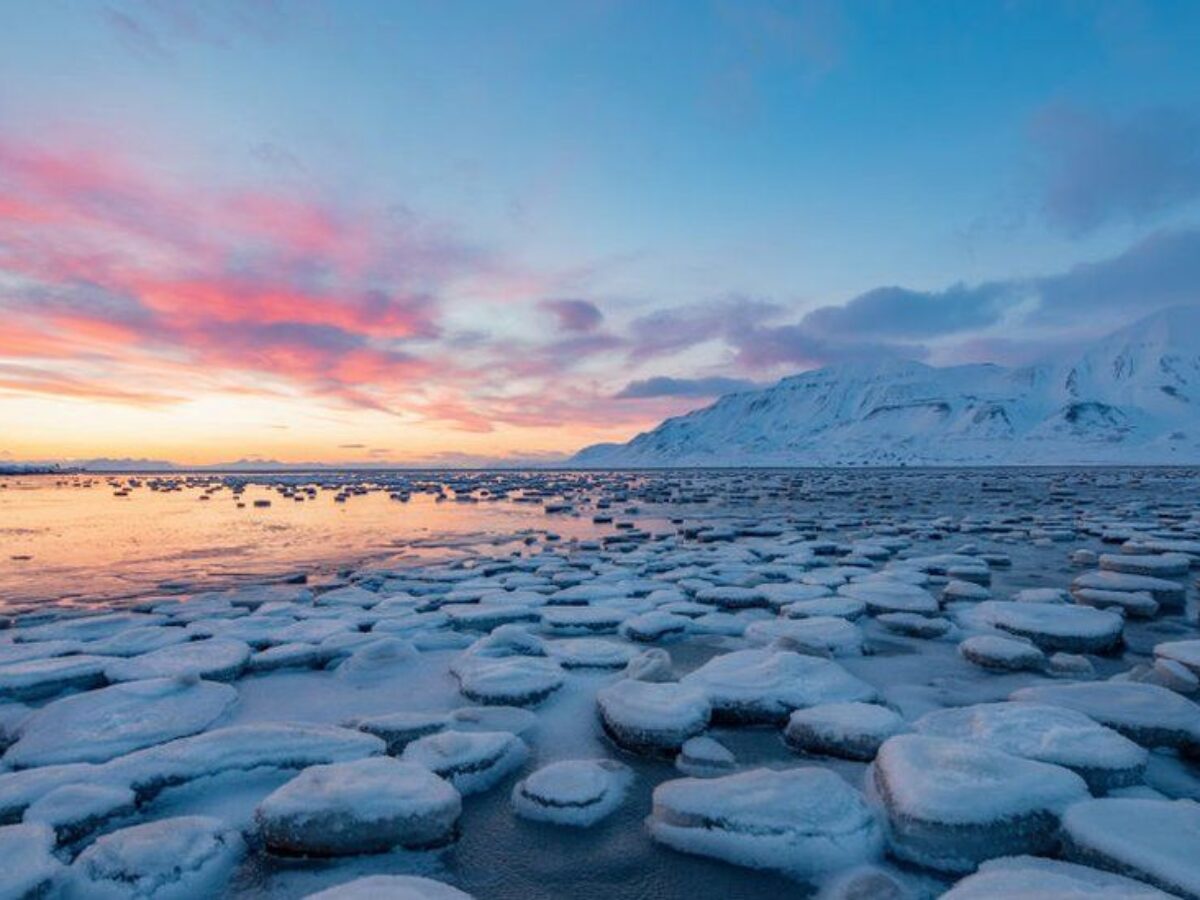Climate change is causing winter weather to become increasingly unpredictable. As temperatures rise, winter storms are becoming more frequent and intense, leading to more severe flooding, blizzards, and other extreme weather events. The National Oceanic and Atmospheric Administration (NOAA) has found that winter temperatures in the United States have risen by 1.5 degrees Fahrenheit since 1895, and that the warming trend is expected to continue. Warmer temperatures mean that snowfall is decreasing, and snow cover is shrinking in many parts of the country. This means that winter storms are becoming more intense and unpredictable. In addition to increased winter storms, climate change is also causing more extreme winter weather. Blizzards are becoming more frequent and intense, and they are lasting longer. This is because warmer temperatures are creating more moisture in the atmosphere, which leads to more snowfall. Climate change is also causing more flooding in the winter. Warmer temperatures lead to more precipitation, which can cause rivers and streams to overflow. This can lead to property damage and even loss of life. Finally, climate change is causing more extreme winter weather events. In the past, extreme weather events such as blizzards and ice storms were rare. Now, they are becoming more frequent and intense. This is because warmer temperatures are leading to more moisture in the atmosphere, which can cause more extreme weather events. Climate change is having a dramatic impact on winter weather. Warmer temperatures are leading to more extreme winter storms, flooding, and other extreme weather events. This is why it is so important to take action to reduce our emissions and slow the effects of climate change.

Winter weather in Pakistan is highly variable from year to year. While some winters are mild and dry, others are cold and wet. Over the past few decades, the winter weather in Pakistan has been changing, with more extreme weather events occurring more frequently. The most noticeable change in winter weather in Pakistan has been the increased frequency of extreme cold weather events. Winters in Pakistan are now becoming colder and lasting longer, with temperatures dropping below freezing in some parts of the country. This extreme cold can have serious impacts on human health, as well as on the agricultural sector. Another noticeable change in winter weather in Pakistan has been the increase in extreme rainfall events. Heavy rain and snowfall can cause flooding and landslides, leading to destruction of property and loss of lives. The frequency of these extreme rainfall events has been increasing in recent years, causing significant damage to infrastructure and livelihoods. In addition to the increased frequency of extreme weather events, Pakistan is also experiencing changes in its winter season. Winters are now becoming shorter, with the cold season lasting only a few months instead of the traditional six months. This is leading to a decrease in the amount of snowfall in the northern parts of the country, and a decrease in the amount of rainfall in the south. These changes in winter weather in Pakistan are having a significant impact on the country’s economy and environment. The increased frequency of extreme weather events is leading to increased costs for the government and individuals, as well as increased risk of damage to infrastructure and livelihoods.

Additionally, the shorter winter season is leading to a decrease in agricultural production, as crops are not able to survive the shorter growing season. Overall, winter weather in Pakistan is changing, and these changes are having a significant impact on the country’s economy and environment. It is important for the government and individuals to take steps to mitigate the risks associated with these changes and to prepare for the future. Also, there is already the shortage of gas globally and in Pakistan as well and during winters it is indeed a complex issue with many contributing factors. The most significant factor is the increased demand for gas during the winter months due to increased heating needs. In addition, the production of gas can be hindered by colder temperatures, which can make it more difficult to extract gas from the ground. Additionally, the transportation of gas can be impacted by inclement weather, which can lead to supply shortages in certain areas. Finally, the global demand for gas has been increasing in recent years due to the growth of the global population, which further contributes to the shortage of gas in the wintertime.

Research Associate, Pakistan House



